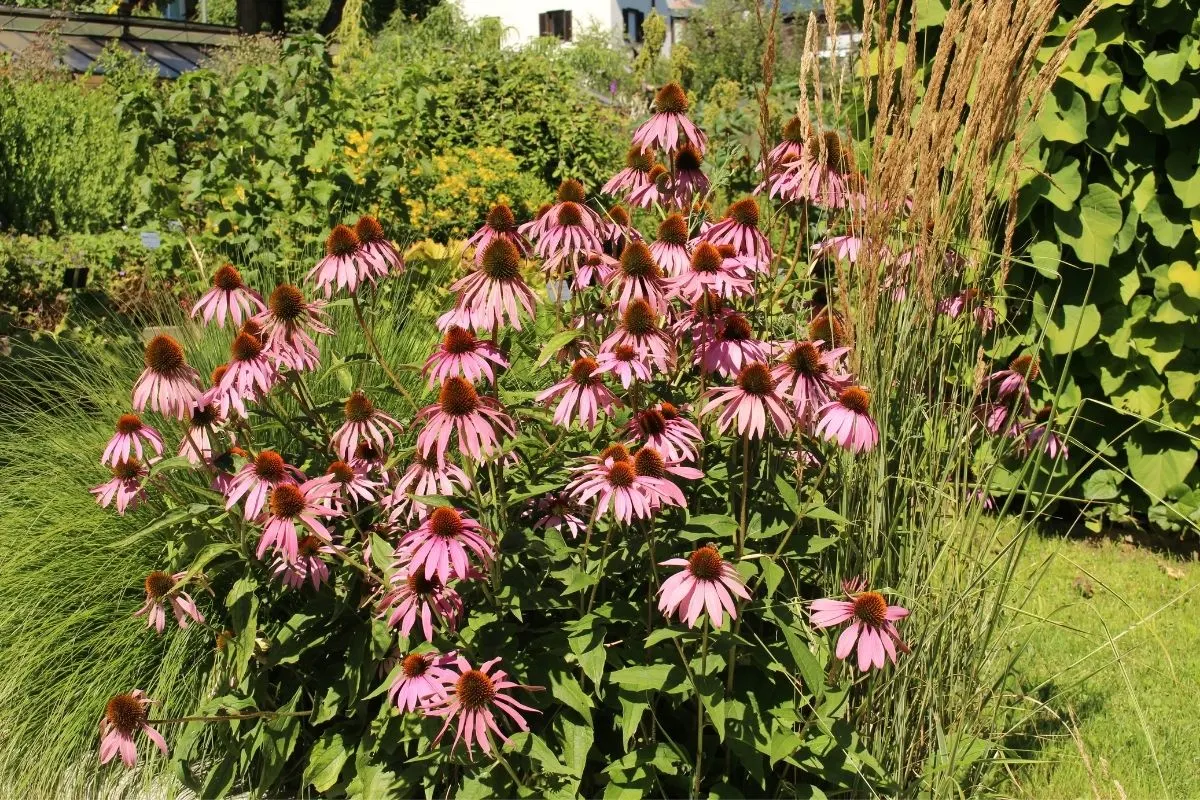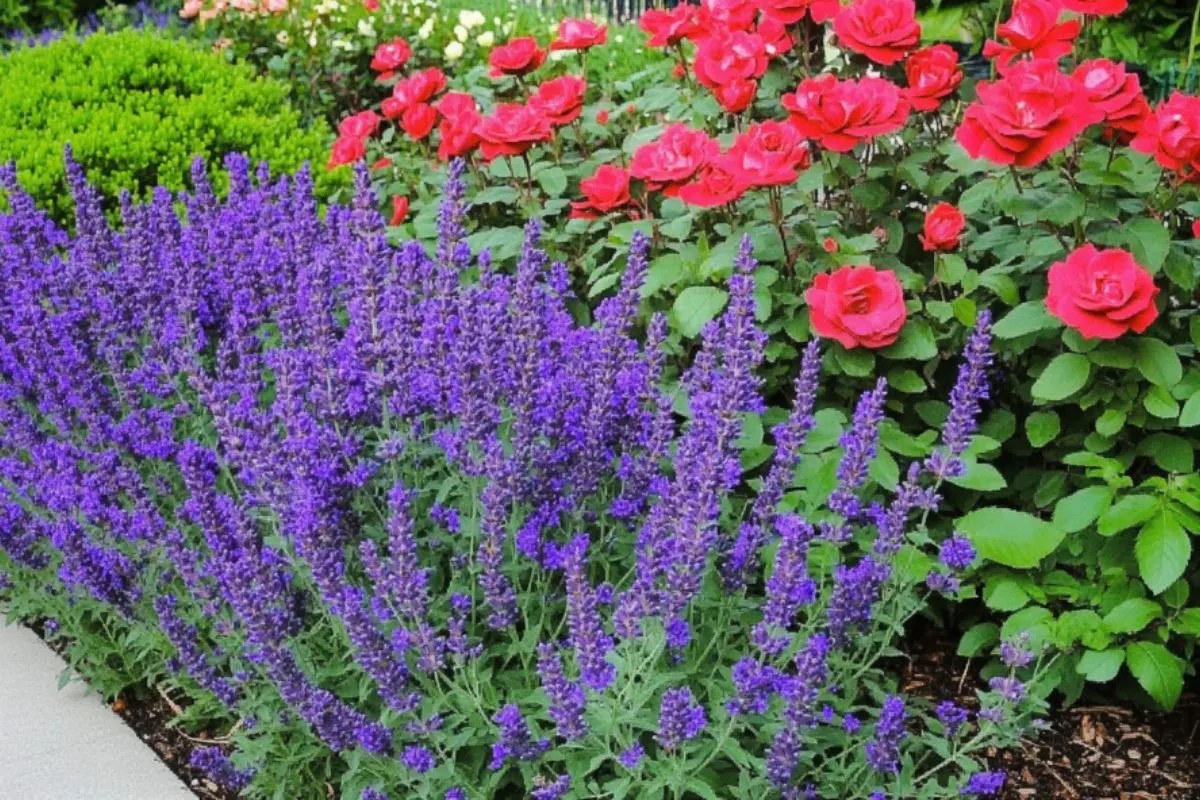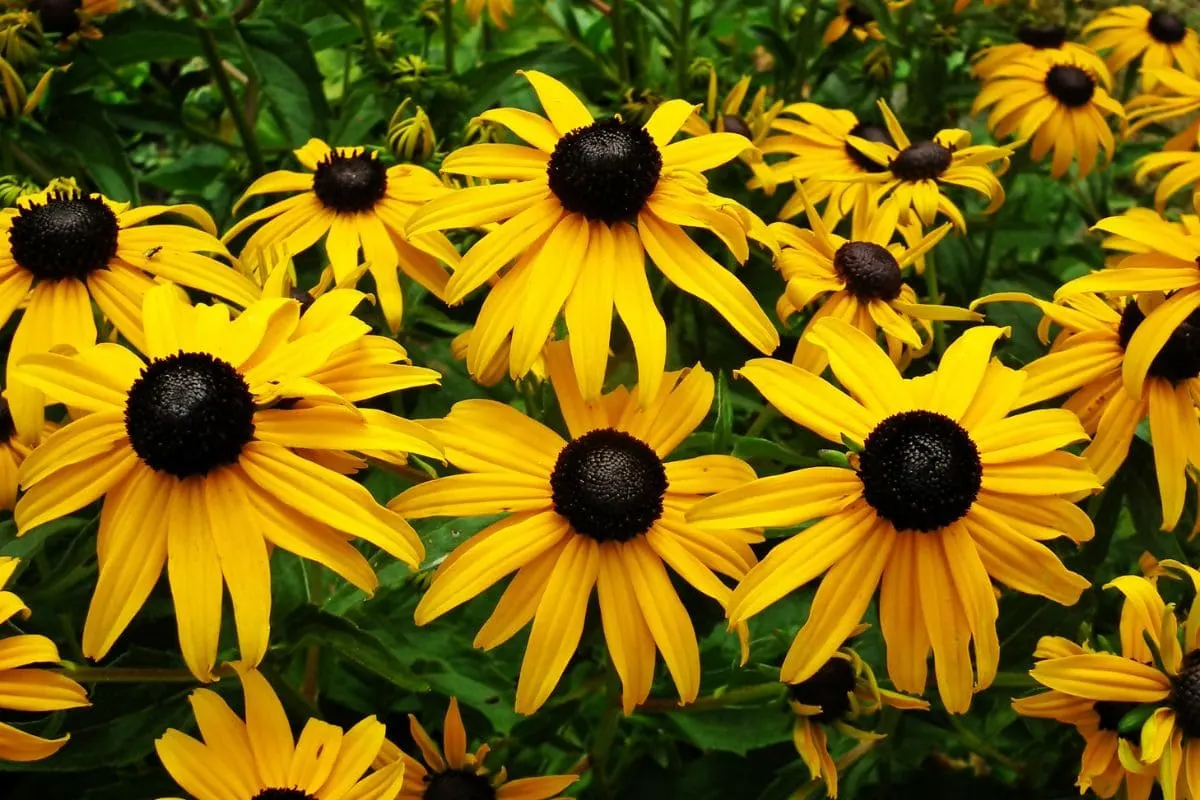Every gardener dreams of a garden that bursts with color for as long as possible. Yet, many miss out on one simple trick: deadheading.
Proper deadheading doesn’t just tidy up your plants but can double the blooming period of many perennials. This technique is more than just snipping off old blooms; it’s an art that ensures your garden stays vibrant for months.
Understanding why deadheading matters is crucial. When you remove spent flowers, you’re telling your plant to stop focusing on seed production and instead, direct its energy towards creating new blooms.
This translates to more continuous flowering and a stunning garden display. Let’s explore five perennials that particularly thrive with this practice.
1. Echinacea (Coneflower)

Coneflowers are not only a favorite in butterfly gardens but also known for their vibrant hues. Deadheading these beauties can extend their blooming from early summer straight through to fall.
By cutting off the blooms just as they start to wilt, you encourage the plant to produce a second wave of flowers.
Here’s a practical tip: use sharp scissors or pruning shears and remove the flower head just above a leaf node. This ensures the plant redirects its energy efficiently.
You’ll not only enjoy seeing a fresh set of blooms but also cut down on garden maintenance during the season.
2. Salvia

Salvia, with its tall spikes of blue, purple, or red flowers, can be a star performer in the garden. Deadheading salvia is straightforward—simply snip the flower spikes as soon as the blooms fade. This will push the plant to produce more spikes, enhancing your garden’s visual appeal.
Regular deadheading also prevents salvia from looking too leggy and unkempt. Consistency is key here. By keeping up with this task, you’ll ensure a continuous show of color throughout the summer.
3. Rudbeckia (Black-eyed Susan)

These cheery yellow flowers can brighten up any garden space, and with proper deadheading, they can last even longer. The process for Rudbeckia is similar; remove the spent blooms just above the next set of leaves.
In addition to extending the bloom period, deadheading Rudbeckia encourages a bushier plant, which results in even more flowers. This dual benefit makes it a worthy plant for any dedicated gardener aiming to maximize their garden’s potential.
4. Daylilies

Daylilies, true to their name, often bloom for just a short period. However, deadheading can significantly extend their blooming time. Remove the individual spent blooms daily, and once a stem is finished, take it down to the base.
This regular attention not only keeps your daylilies looking neat but also coaxes out more flowers. While daylilies have a reputation for being resilient, they reward those who take the time to care for them with a more lavish display.
5. Geraniums

Geraniums are a staple in many gardens due to their hardiness and vibrant colors. Deadheading is essential to ensure these plants keep flowering vigorously. Cut the flower stalk down to the main stem or crown as soon as the blooms fade.
With geraniums, regular deadheading helps prevent fungal diseases that can develop on decaying flowers. As a result, your plants not only look fresher but stay healthier, providing a bountiful display all season long.
Enhancing Your Garden’s Longevity
Effective deadheading is a simple yet transformative practice in garden care. By incorporating this into your routine, you can prolong the beauty of your perennials and enjoy a longer season of blossoms. Each snip is a step towards a more vibrant and fulfilling garden experience.
Consider this your garden’s golden opportunity. Start deadheading today, and witness your outdoor space thrive beyond your wildest expectations. The satisfaction of an ever-blooming garden is well worth the effort!

